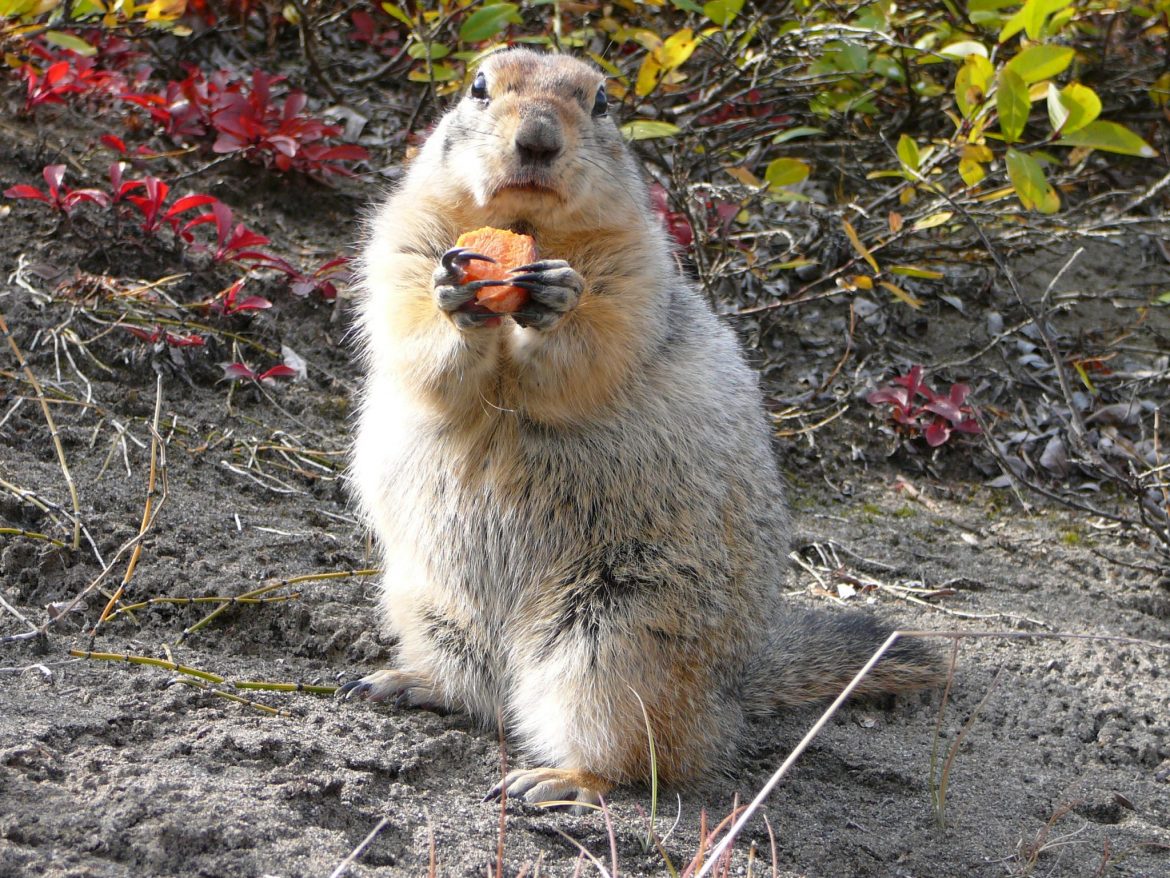For about four years, Harding students have occasionally observed the squirrels that populate campus. But Harding alumna Dr. Trixie Lee dedicated six years of her life to the study of squirrels in the Arctic for her dissertation, and this semester she has joined the Harding faculty as assistant professor of biology.
Lee said she knew when she left Harding after her undergraduate program that she wanted eventually to return to teach at Harding, so she decided to pursue her doctorate. Lee graduated from Harding in 2006 with a Bachelor of Science in biology and headed to the University of Alaska–Fairbanks that summer to begin working on her doctorate. She said she enjoyed her experience there, but that it reaffirmed her desire to teach at a Christian school.
“Having had the experience at a secular state university, I was definitely sure that I wanted to teach at a Christian university,” Lee said. “So I kept working toward finishing up [my doctorate] and then Harding had an opening, so I applied and was extremely blessed to have a job secured before I even graduated.”
For her doctoral program, Lee studied the arctic ground squirrel, as well as the Alaska marmot. She defended her dissertation, “Expression and Mechanisms of Hibernation in the Arctic: The Alaska Marmot and Artic Ground Squirrel,” this March.
The main focus of Lee’s research was the arctic ground squirrel, a creature that lives in the arctic tundra and is recognized for its ability to maintain a subfreezing body temperature during hibernation — the only mammal known to do so. The squirrels hibernate for approximately eight months each year, and, during that period, the temperature of their burrow can be even lower than the temperature of their body, so they must be able to generate heat.
To produce heat, the squirrels must break down lean body mass — body mass that does not include fat. During a period of hibernation, a squirrel loses 30 to 50 percent of its lean body mass.
Lee’s research centered on finding the sources of lean body mass that the squirrels’ bodies break down during hibernation. Her investigation process included a study of the squirrels’ breath, sampling squirrel organ tissues throughout their period of hibernation and a field study of the squirrels’ body composition before and after hibernation. To perform the field study, Lee had to catch the squirrels.
“That was the most fun — even in the blizzards,” Lee said.
Through her research, Lee ultimately concluded that most of the lean body mass comes from muscles that the squirrels do not resynthesize while hibernating. However, Lee said her most important contribute to science was not about arctic ground squirrels; it was about how to use stable isotopes to study body composition.
Lee’s field study on the squirrels’ body composition involved a process called isotope dilution, in which nitrogen stable isotope is injected into the body and allowed to dilute through the bloodstream, acting as a label and allowing the lean body mass to be measured. Lee’s initial data did not match the findings she expected, and further study of stable isotopes revealed that scientists were not using stable isotopes correctly to assess what happens to a body during starvation or fasting. By using the arctic ground squirrel, Lee discovered how to use stable isotopes effectively to assess body composition.
“I meant to use the isotopes on the squirrels, and I ended up using the squirrels on the isotopes,” Lee said.
Lee’s discovery regarding the correct use of stable isotopes will aid not only in the study of animal body composition but also of human body composition, and may have applications such as the diagnosis of anorexia.
